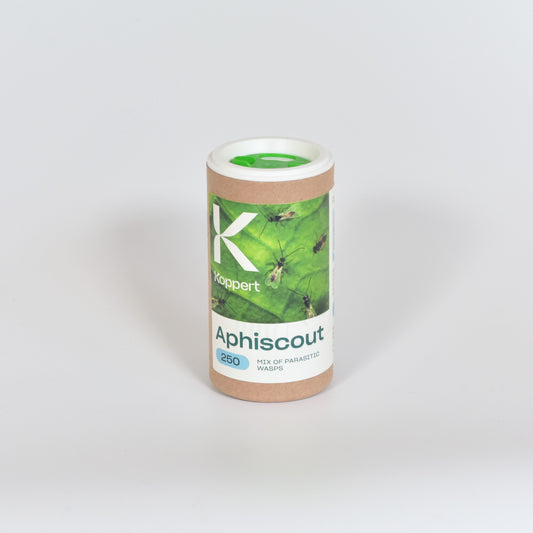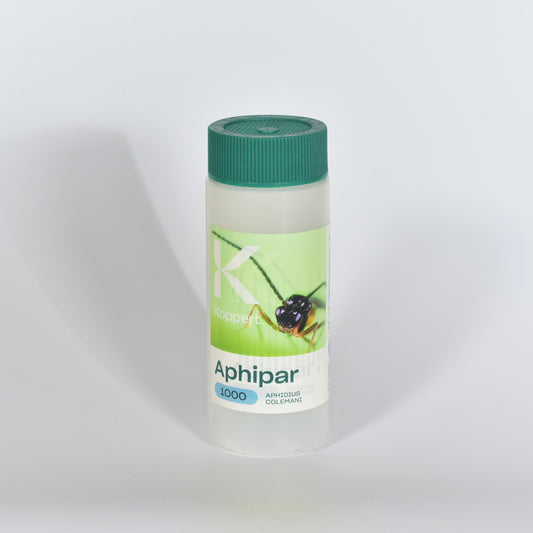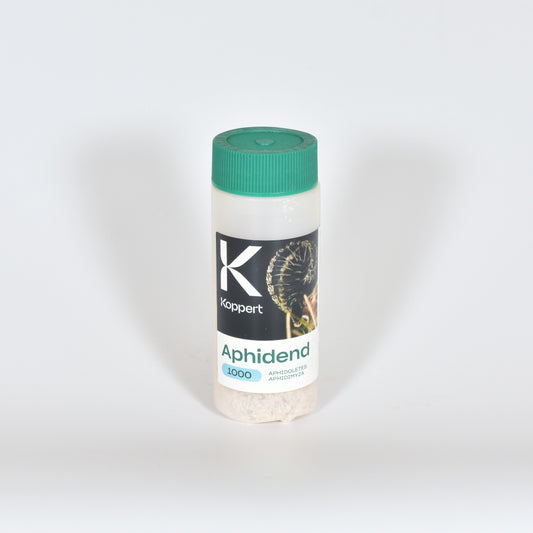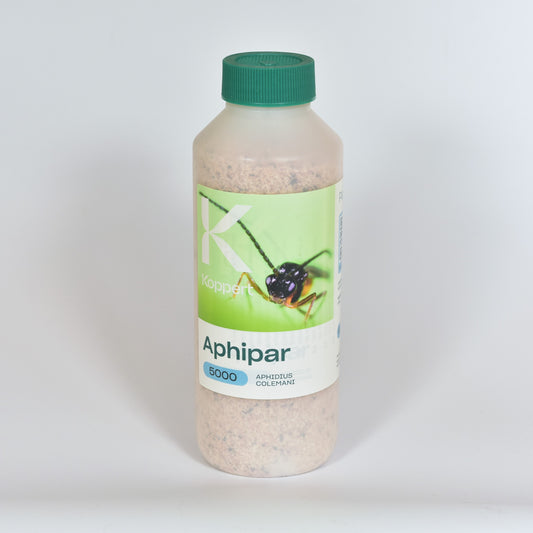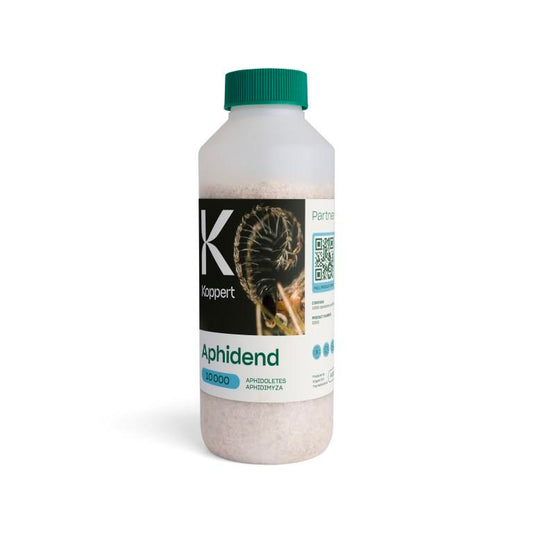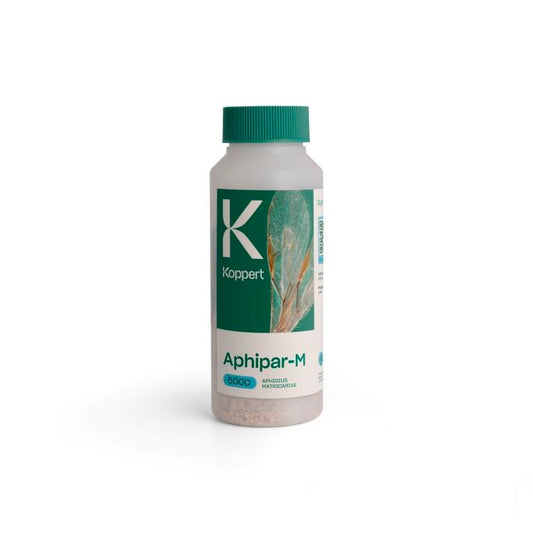
How to recognize cotton aphid
The cotton aphid is a rather small (0.9-1.8 mm), round aphid with red eyes. The body color varies greatly from light yellow to light green and even almost black. This aphid species can be recognized by their short, black, tapered siphons. The cauda is small, lighter in colourthan the siphons and finger shaped. The antennae are shorter than the body. The legs are short. This aphid prefers warm conditions and population growth can be very fast under suitable conditions. Cotton aphid doesnot change host plant during the seasonal development.
Cotton aphid damage and distribution
In the Netherlands, this aphid only causes problems in greenhouses due to its very fast population growth at higher temperatures. The aphids prefer the underside of leaves and young shoots and leaves. The feeding can cause leaf- and shoot deformations and eventually results in early leaf drop.Like any other aphid, cotton aphids produce honeydew, which is harmful for the plant. The cotton aphid can transmit more than 50 plant viruses, making it a major pest in for example cucumber cultivation. Different population can have different characteristics regarding pesticide resistance.
Products against Cotton aphid
-
Cotton aphid life cycle
60-80 offspring per female
fast reproduction: 2-10 offspring per female per day
development time 7-10 days
many generations per year in greenhouses
at high population density, winged individuals develop -
Cotton aphid host plants
very polyphagous
cucumber, egg plant, tomato
paprika
strawberry
various ornamental crops
-
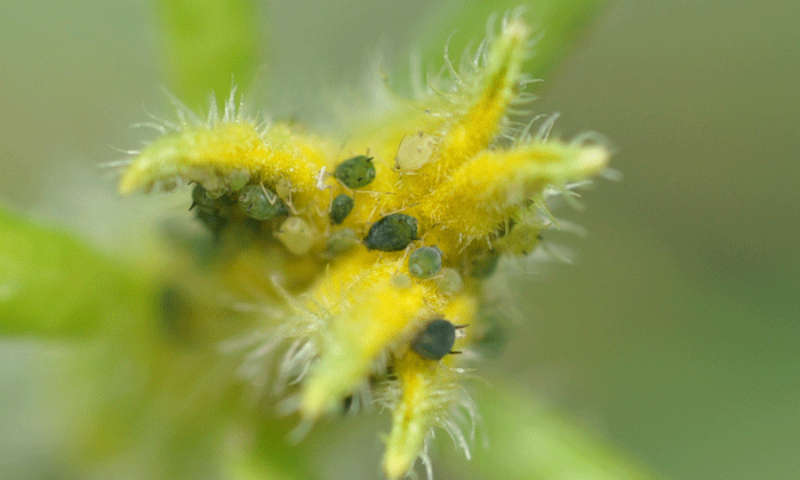
Cotton aphid
-
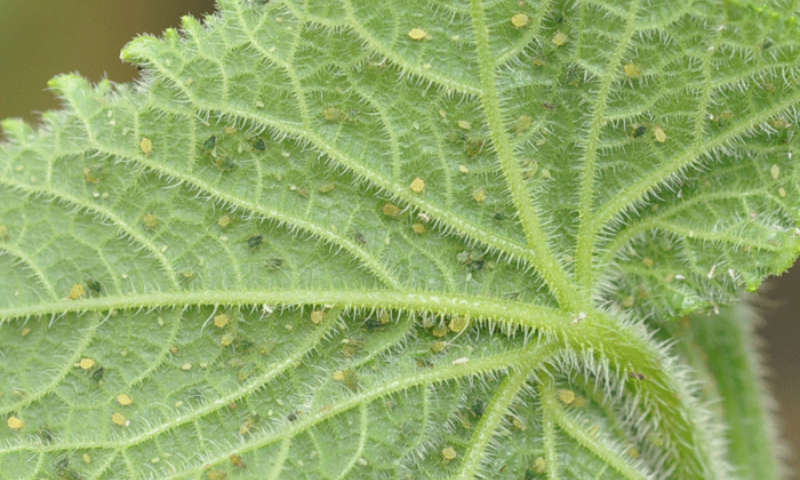
Cotton aphid on a leaf

